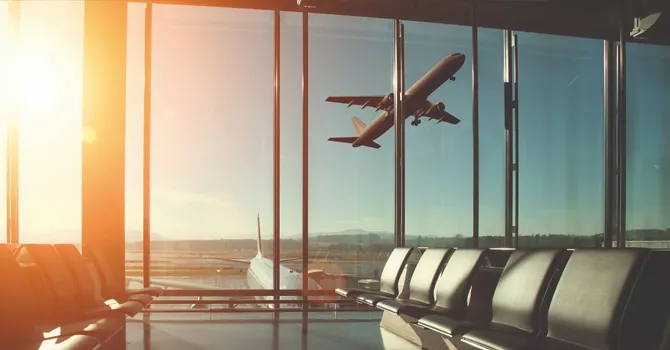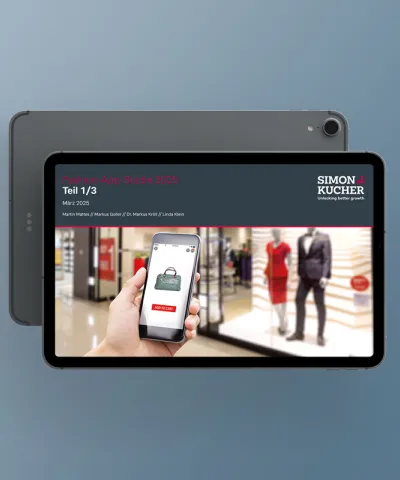*The insights and recommendations shared in this article are based on the circumstances as of July 23, 2020
How do we travel during and after the ongoing COVID-19 outbreaks? The answer to this question not only affects our holiday plans as well as daily lives, but also the recovery process of the severely pressured leisure, tourism, and travel industries. Find out which insights and recommendations we gathered from surveying more than 3,600 consumers across Europe and the US in our most recent study.
According to the World Travel & Tourism Council (WTTC), if worse comes to worst, more than 197 million jobs could be lost in the global travel and tourism sector due to the impact of COVID-19. The effect of prolonged travel restrictions could also wipe out 5,543 billion US dollars in the sector’s contribution to global Gross Domestic Product (GDP), equating to a 62 percent drop compared with 2019. Alarming figures – but what are the leisure, tourism, and travel industries to do?
To stop the decline and even attempt a recovery, they first and foremost need to consider and adapt to many shifts in their consumers’ behavior. With that goal in mind, we conducted the Future of Travel online survey. Between May 20th and June 3rd, 2020, we asked 3,650 consumers across the US, the UK, Germany, France, and the Netherlands and analyzed changing trends due to the coronavirus pandemic.

Types and modes of travel are changing: more domestic vacations by car
The bad news first: It’s not looking as if a swift improvement is waiting for the tourism sector. The experienced drop in demand will probably last a bit longer, with 30 to 35 percent of consumers surveyed not expecting to go on vacation any time soon across the US and Europe. Even once lockdowns have been lifted, only 30 percent of respondents said they will travel as soon as they are allowed to, a full 40 percent said they will only travel once they are certain that travel providers have taken appropriate measures with regards to things like health screenings and social distancing measures.
When asked about their travel plans, 54 percent of respondents say they will take fewer international trips, while 32 percent state that they expect to go on more domestic trips following the global pandemic. But not only destinations are changing, also the transportation mode to get there: Around 35 percent of consumers expect to travel more often by car for their holiday instead of going by airplane or train (approx. 50 resp. 45 percent expect to take less planes or trains). The cruise industry will be hit hardest of all, with 62 percent of travelers saying they expect to take less cruises.
Major shifts in local transportation and leisure
Consumer behavior has not only changed regarding vacations, but also in day-to-day life. As a result of the pandemic, public transport has been increasingly replaced with private means of transportation: Just over 50 percent of survey respondents expect to travel less with public transport for normal everyday trips and 40 percent will travel more with private transport such as their car or bike.
Also, right now, local leisure facilities are very unappealing to the public. Only a small proportion of consumers (8 to 14 percent) expect to consume more local leisure once they reopen with inside leisure activities being least attractive. However, experts predict that as lockdowns ease in many countries and consumers can experience how and that social distancing works in these scenarios, they are likely to start to increase consumption.
4 tips for leisure, tourism, and travel companies to soldier on
But in the meantime, how should providers of leisure, tourism, and travel services react to stay in business? Due to our experience in the sector, we were able to identify these tips:
Allow for more flexibility
Due to recent events, many consumers have lost the confidence that they will be able to actually follow through with travel plans once they are booked. Travel companies have to regain that trust by offering more booking flexibility and making sure that their customers’ money is safe even if the virus resurges. In our survey, when asked about criteria for selecting a travel provider to book their next travel with, 70 to 80 percent of consumers highly rated the need for money-back guarantees in case of cancellation and 60 percent were looking for general flexibility of their booking. Accommodating these wishes is a good way to keep or even gain customers.
Implement hygiene measures and communicate them
When considering traveling in a post-coronavirus lockdown world, 82 percent of study respondents said they will consider the hygiene/cleanliness measures taken when deciding on their next travel provider. Consumers prioritize health above everything else; they want to feel confident that the appropriate hygiene measures are taken to minimize risk of infection before they travel. As such, travel players need to focus on providing the health reassurance through their operations, which not only makes it necessary to implement these standards but also provide clear and transparent information at eve customer touchpoint.
Embrace the decline of public transport
It remains to be seen how feasible the shift away from public towards private transport really is. Big cities like London and New York are built and designed on the basis of public transportation; simply many more people taking their car won’t work since the infrastructure is not in place to support that. As the decline in demand for public transport comes mainly from changing working patterns and practices with more people working from home, there is not much providers can do about it. However, the situation might be a boost for short-term bike or scooter rental mobility providers as people opt to use these means to avoid crowded buses and trains.
Conduct effective customer segmentation
Even though the above mentioned suggestions apply to the majority of people, our survey revealed differences between certain customer groups travel providers can use to their advantage. For example: When asked about their willingness to attend local outdoor leisure events, 26 percent of European respondents under the age of 40 stated yes, whereas only eight percent over the age of 40 gave the same answer. Income levels also play a major role: 40 percent of consumers with less than 50,000 US dollars yearly household income after tax stated they will not be travelling for the foreseeable future, while only 20 percent of consumers with an income of more than 50,000 dollars agreed to that statement.
Leisure, tourism, and travel companies need to keep this in mind when tailoring their offers to the most attractive target group. You have to analyze the major behavior shifts within your target group, find the customer segment your offering is right now most appealing to and be ready to adapt to their wishes and preferences. In doing so, you can cushion some of the negative effects the demand drip due to the Coronavirus imposed on your industry.








